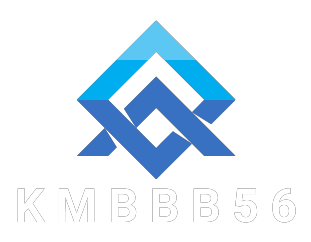Introduction:
In recent years, the evolution of radar technology, particularly in the form of Radar 138, has revolutionized the way industries monitor, analyze, and enhance their operations. From aviation to shipping, and from weather forecasting to defense, the implications of advanced radar systems are profound radar 138. This blog post delves into the latest innovations in radar tracking technology, focusing on Radar 138, and explores its significant impact across various sectors.
1. Enhancements in Radar Technology:
Radar 138 represents a significant leap forward in tracking capabilities. With enhanced resolution, faster processing speeds, and improved accuracy, this new system offers unparalleled surveillance and tracking performance. The technology behind Radar 138 utilizes sophisticated algorithms to filter out noise and provide clearer, more precise data, which is crucial in environments where precision is paramount.
2. Impact on Aviation:
The aviation industry benefits tremendously from advancements in radar technology. Radar 138 helps in managing air traffic more efficiently, reducing the risk of mid-air collisions, and improving flight path tracking. This not only enhances safety but also contributes to more timely and fuel-efficient routes, ultimately leading to reduced environmental impact and lower operational costs.
3. Applications in Maritime Operations:
In maritime operations, Radar 138 aids in navigating through busy sea routes and in adverse weather conditions. Its ability to detect small objects and slight movements can be critical for avoiding collisions at sea and enhancing port operations. Furthermore, its sophisticated tracking capabilities are invaluable for search and rescue operations, making it easier to locate objects or persons in distress over vast oceanic expanses.
4. Benefits to Weather Forecasting:
Weather forecasting has seen remarkable improvements with the integration of Radar 138 systems. These radars can detect minute changes in atmospheric conditions, providing meteorologists with data necessary for more accurate and timely weather predictions. This capability is crucial for early warning systems in areas prone to severe weather conditions, thereby saving lives and mitigating property damage.
5. Advancements in Defense and Security:
Radar 138 has profound implications for national defense and security. Its advanced surveillance capabilities allow for better monitoring of airspace and borders, enhancing national security. Moreover, the radar’s ability to track fast-moving objects makes it an essential tool for missile defense systems, offering countries an edge in maintaining their sovereignty and protecting their citizens.
Conclusion:
The innovations in radar technology, exemplified by Radar 138, have reshaped numerous industries by offering more reliable, accurate, and efficient tracking solutions. As technology continues to evolve, the potential for further enhancements in radar capabilities seems boundless, promising even greater impacts on global operations and safety protocols. The integration of Radar 138 into various sectors highlights the critical role that advanced tracking technologies play in the modern industrial landscape, heralding a new era of efficiency and security.
